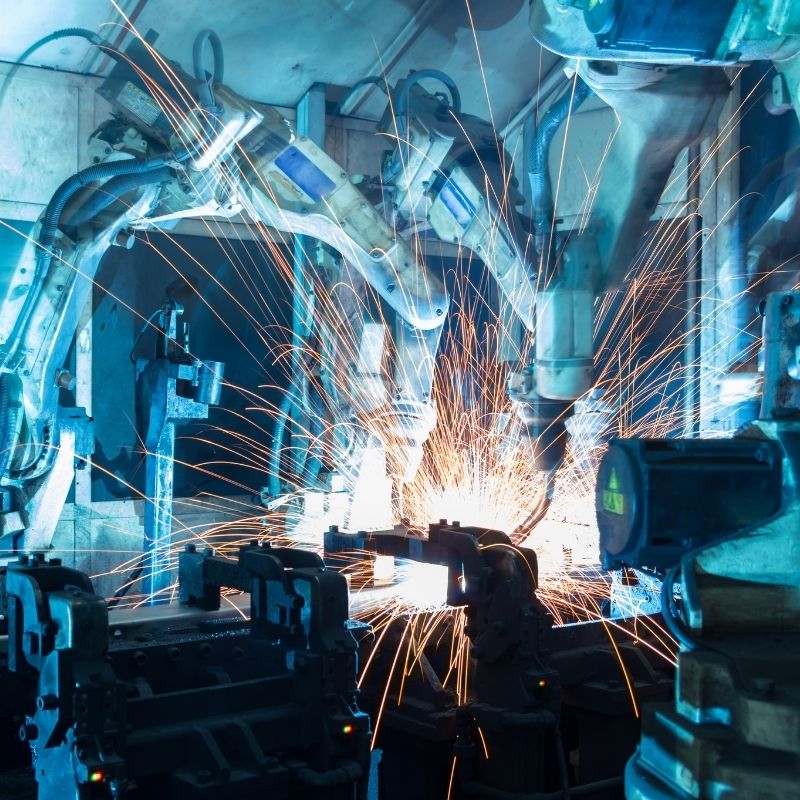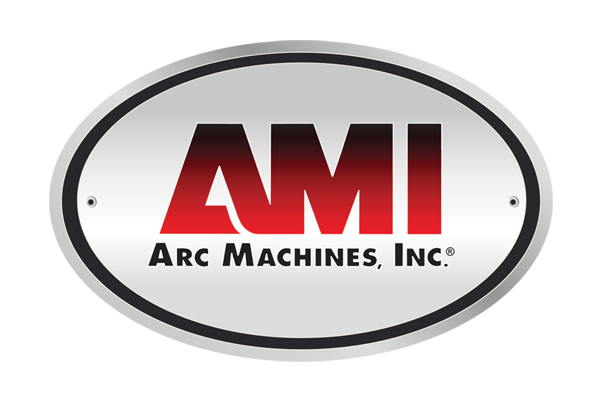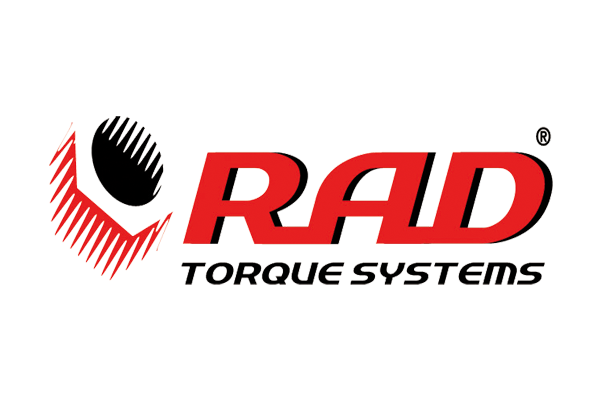The 4 Most Common Weld Defects and Their Causes
You want to know that the products you use, like cars and elevators, are safe and will not fail. These work because they were built well and did not have weld defects. Here are the four most common weld defects and their causes that you should avoid to guarantee you are producing the safest products.
Cracks
One of the most common welding defects is also the most visible—the crack. These defects can not only weaken a weld, but they will also grow rapidly if not fixed. You can easily find longitudinal cracks parallel to the weld, crater cracks that are often star-shaped, and transverse cracks that run across the width of the bead. These cracks are most commonly caused by using the wrong alloy material or a metal with defects.
Poor Penetration
When welding, you must be sure to fill the entire butt joint, but sometimes the bottom can be missed. This sort of defect can compromise the whole integrity of the joint. V grooves not being correctly prepared are the typical cause. Other causes for poor penetration are an amperage and heat setting that is too low, or the workpieces are not correctly aligned.
Melt Through
This sort of defect happens when you are using too much heat during the weld, and you create a hole right through the metal. You’ll see this happen more often with a quarter of an inch thick or smaller material, but if you are not careful, you can still run into melt through, also known as burn through. The most common causes are your welder settings being too high or moving the torch too slowly.
Inclusions
Inclusions are a defect that you can run into often. Slag is a normal part of welding, even when using flux, but it can be difficult to get all the slags out of the bead before it cools. You can find these inclusions in both MIG and TIG welding as rust that comes up and tungsten can end up being slag in the weld. The causes of these inclusions are a base metal that is not properly prepped or slags from previous welds not being cleaned correctly.
These are just four of the most common weld defects and their causes, but they help illustrate that welding is a process that can go wrong quickly. Even good welders can encounter these defects regularly, but with the help of automated pipe spool welding machines from SEC Industrial, you can produce high-quality welds time and time again without defects.









